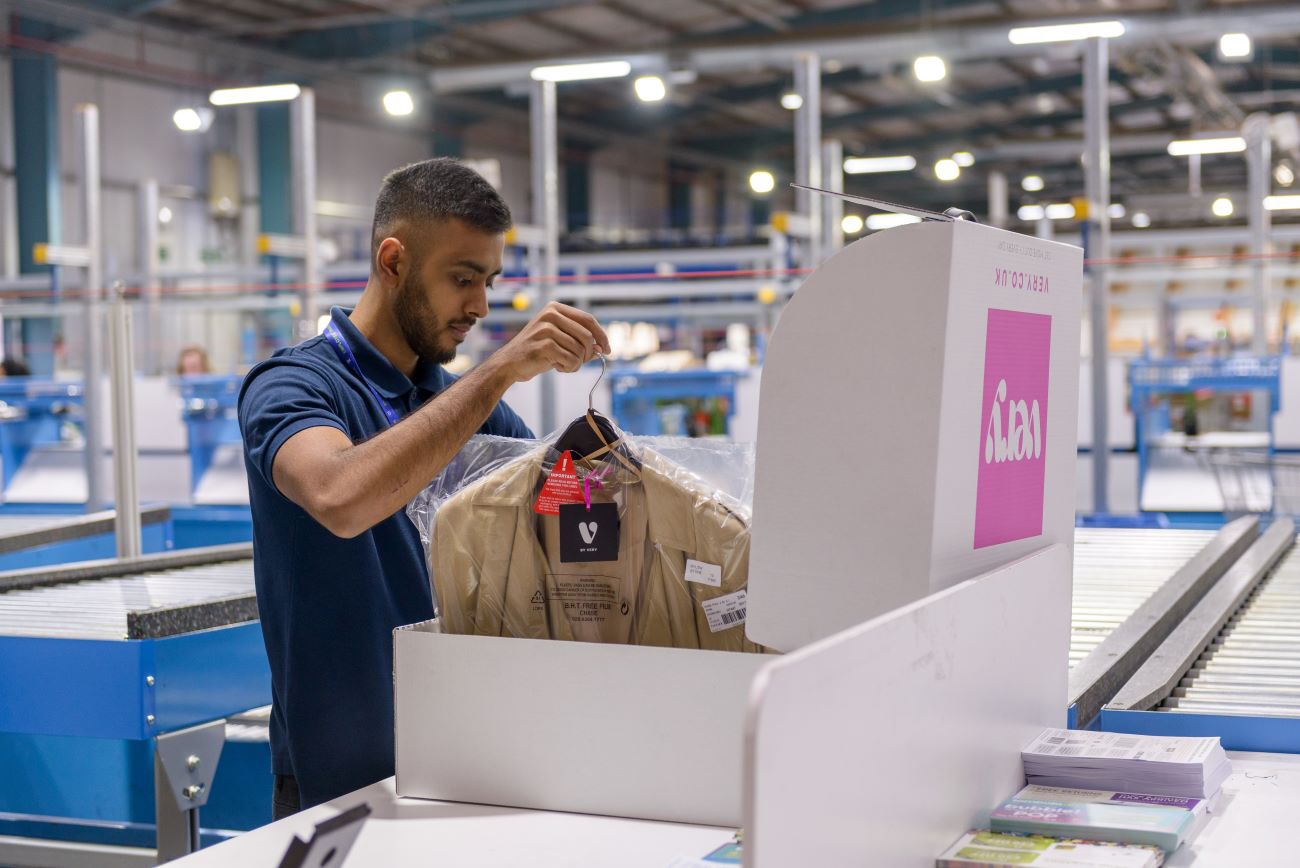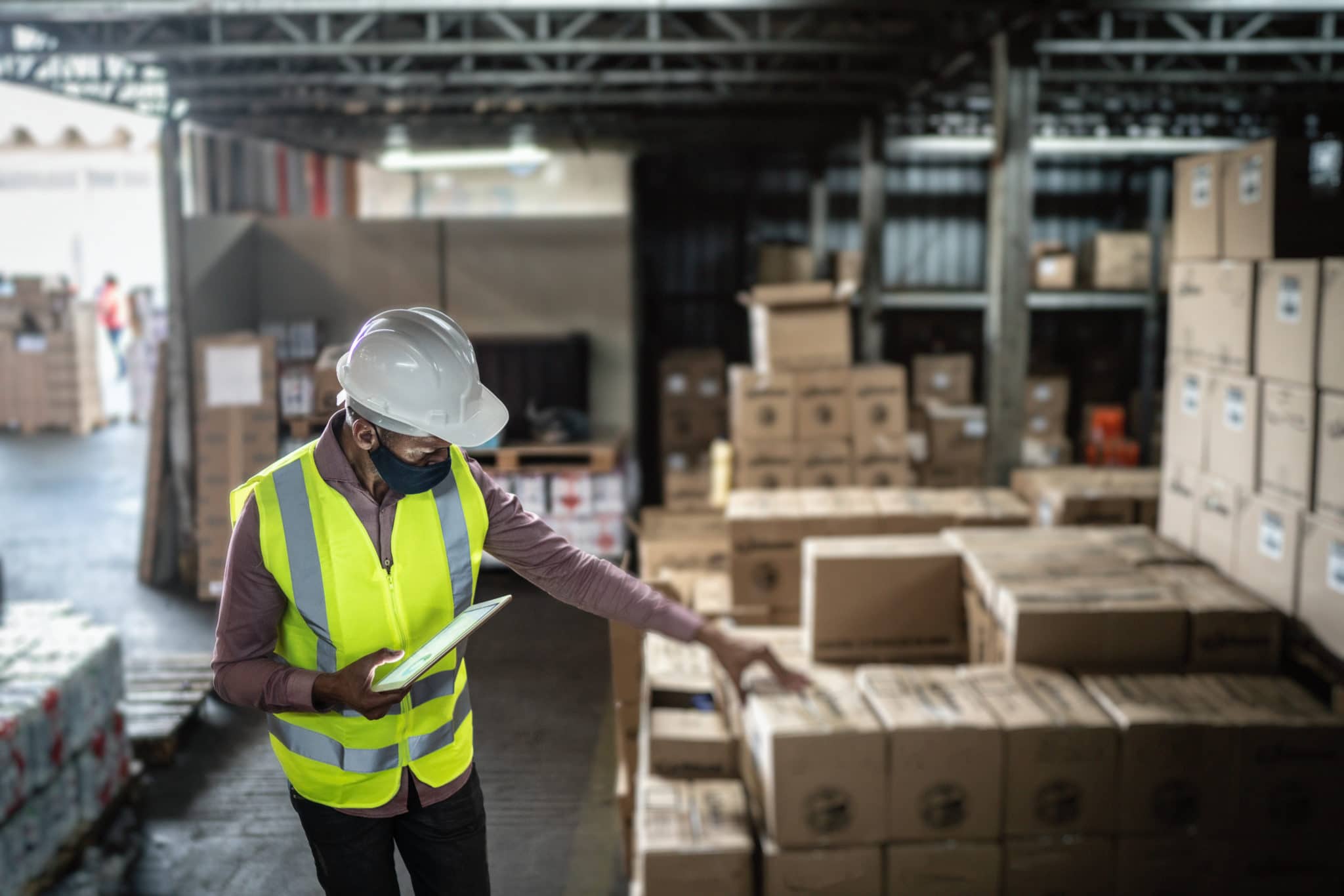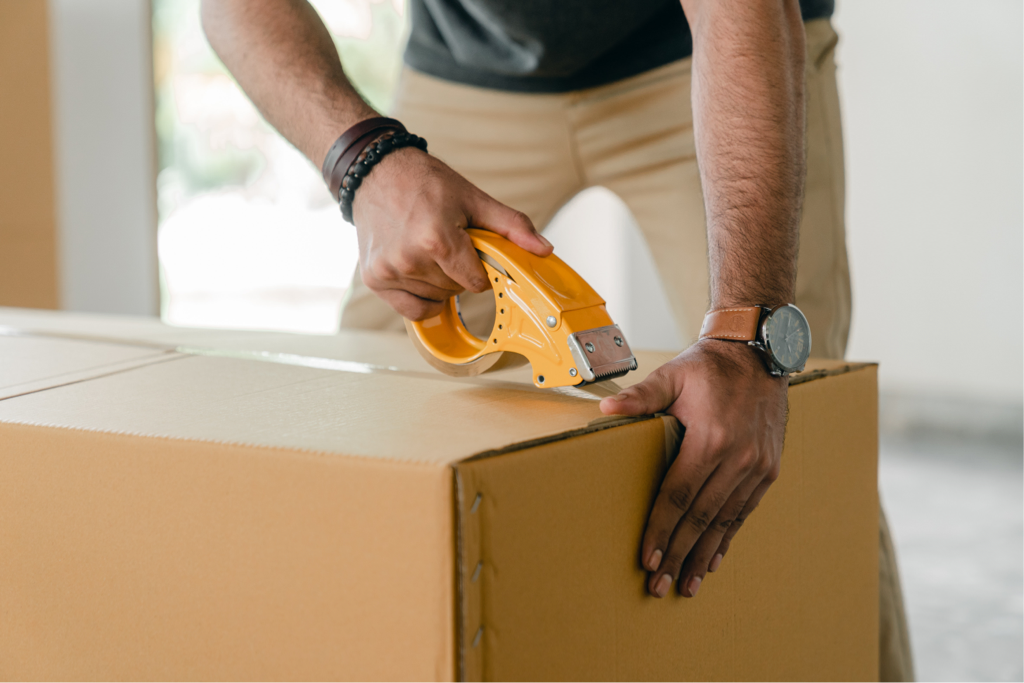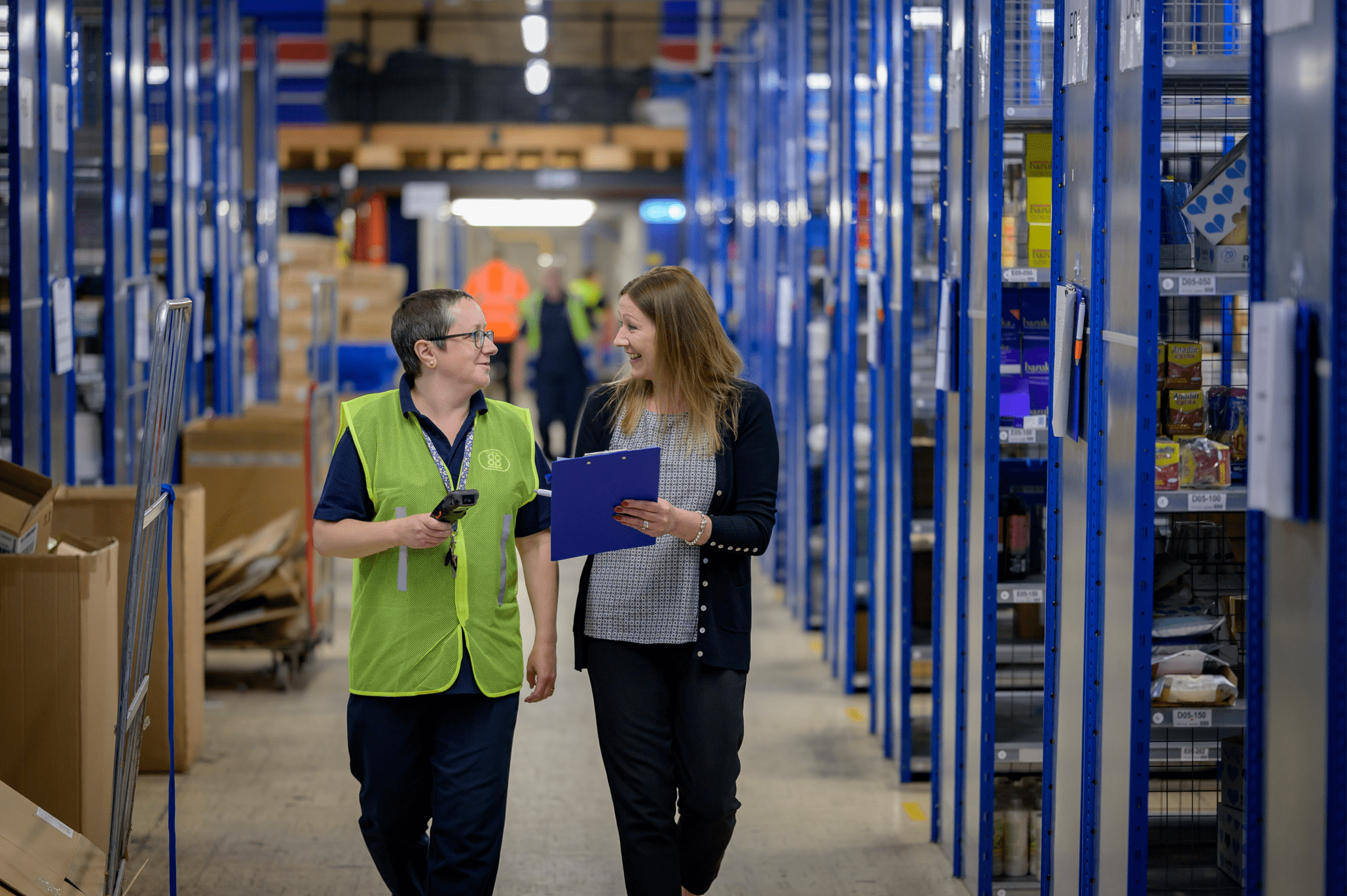Preparing for Q4 and Beyond – Delivery Expectations & Shipping Strategies to Boost Sales

Estimated reading time: 7 minutes
With Q4 fast approaching, now is a good time for any ecommerce businesses to re-evaluate their logistics and fulfilment to ensure they’re ready for a successful quarter. Having great products is only one crucial aspect of building a successful ecommerce business, equally important is ensuring hassle free delivery to your valued customers.
The importance of a good delivery offering cannot be understated – in fact, it can often be the difference when it comes to converting online traffic into sales. Your delivery policies and customer reviews all have implications when attracting new customers and getting this right will help to enhance your customer experience and build your brand loyalty.
Customer delivery expectations are constantly evolving and seemingly evermore demanding. So, how can you ensure your shipping policies satisfy your customers?
This article will take you through some key best practices, from offering free or expedited shipping to knowing what to do if something goes wrong.
Delivery Charges. Free or Chargeable?
One of the most important decisions you can make is whether to offer free shipping. According to the Q2 2021 Consumer Trends Report by Jungle Scout, when ordering online, 80% of consumers expect free shipping when their order exceeds a certain monetary value. If that isn’t reason enough, 90% of consumers say that free shipping is their biggest incentive to shop more online.
With Amazon and other large marketplaces often making seemingly* ‘free’ delivery a norm, many consumers have now come to expect this option as a given, and where your average shopper has lots of potential options when choosing where to shop online it is possible your customer will shop from another retailer that offers free shipping if you don’t, unless you’re selling a particularly niche product.
However, we understand that offering free shipping is a big expense for any business but given the impact that free shipping can have on your sales it is worth considering. It may mean increasing the price of your products to make free shipping viable or maybe worth using it only as an occasional promotional tool or simply offering free shipping over a price threshold.
That said, plenty of big businesses don’t offer free delivery (and do very well online!). There is even evidence that charging for delivery will significantly reduce your returns as customers make more considered purchases, and although your sales may be lower with charged deliveries your overall profitability could be higher. It’s very easy to get excited by sales numbers but never lose sight of the fact that profitability is what really matters.
Whatever you decide in terms of delivery charges, always model your numbers very carefully before making a decision, and then track your actual costs vs expectations (including returns and surcharges) on a regular basis.
If you do go for a charged delivery model, make sure that the price you charge is proportionate to the value of your product. More than £1.99 for a sub £10 item will seriously impact sales, and more than £3.99 for sub £40 also doesn’t look great to most consumers. Customers tend to be savvy so don’t be tempted to use delivery fees as a major profit stream, or your customers are likely to shop elsewhere. The only exception to this is for very niche in demand products, but if tempted to profiteer remember that reviews and customer experience are still very important.
One key to making free or low delivery charges work is making sure you are getting the best shipping rates available. 3PL’s such as Warehow can combine their parcel volumes across all of their customers to access lower delivery charges with couriers and pass those savings onto you.
* Many retailers or marketplaces have annual subscriptions that then enables ‘free’ delivery, but in reality there is still a delivery cost to the end user.
Consider Expedited Shipping
If offering free shipping is too expensive for your company then providing faster shipping may prove a suitable alternative customer incentive. If a shopper cannot have their products delivered for free, then at least they can get them fast. Studies even show that online consumers are increasingly willing to pay for faster fulfilment, with a survey from regional e-commerce parcel carrier LaserShip reporting that nearly 60% of shoppers surveyed paid for faster delivery, with 69% of those having paid more for next-day delivery.
That said, don’t only offer more expensive faster delivery, as many customers are happy with, or even actively seek out slower but cheaper delivery options.
Be Transparent
Even if you can’t afford to offer free shipping, it’s always important to be transparent about your delivery costs. Only finding out the cost of shipping at the very end of a transaction is one of the biggest frustrations from a shopper’s perspective. Research from Sendcloud, for example, shows that 65% of European consumers leave a checkout because the stated shipping costs are too high. Making your costs clear from the get-go is an effective way to reduce your cart abandonment rate.
Use Appropriate Packaging
Make sure you look around for the best value packaging materials that are fit for purpose, and where possible buy in bulk to reduce your costs. The top search results on Amazon, eBay and Google often aren’t the cheapest, but you do need to make sure that whatever packaging you use is fit for purpose.
Skimping on packaging that then leads to high levels of product damage and returns is never cost effective and will potentially lose you a valuable customer. But equally overpackaging is bad for the environment and your bottom line.
Although customised, branded packaging can look great and add to your customer experience, it can also be expensive. As a result, for many businesses it might be worth putting this off until your business has grown to sufficient scale. In the meantime, purchasing plain unbranded materials will help to reduce your costs.
Update Customers
Another best practice is to keep your customers informed all the way through the delivery journey , from dispatch, to when it’s nearly there, and even once it’s been delivered. Understandably, buyers appreciate being kept in the loop on the status of their delivery – a bit of communication goes a long way.
If your customers feel they have to enquire where their package is, that’s a drain on your customer service resource and a blemish on the customer experience.
In a study, 82% of consumers said it is important that retailers proactively communicate every fulfilment and delivery stage. Furthermore, 45% said that they track order status by SMS/phone and 85% use email to stay updated.
By implementing delivery notifications to keep your customers updated each step of the way, you’ll provide a far greater level of customer experience. This is particularly useful if your delivery times are a bit longer – notifications could help alleviate some of the anxiety customers experience while waiting.
Take Responsibility
Once a package leaves your warehouse, anything can happen. No company is perfect and mistakes do occur – whether that be delivery delays, damage to goods, or products delivered to the wrong address. In many cases, you might not even be at fault!
Unfortunately, the customer is unlikely to see it this way and will expect you as the seller to make things right. Taking responsibility for delivery problems and resolving them appropriately can massively boost your customer satisfaction and your brand’s reputation, helping to drive future sales.
Consider a 3PL Partner
If this all sounds like a lot of work, that’s because it is! The final strategy on our list to boost your sales and reduce your operational headaches is to consider partnering with a Third Party Logistics Provider. 3PL partners such as Warehow can take care of all of your logistical needs.
With a wealth of experience in addition to staff, facilities and operations already in place, 3PL providers are well-equipped to help support the growth of your business.
Companies such as Warehow are able to handle all of your delivery needs, whether you are a larger business with 1000+ orders per day or a small ecommerce business shipping 50 products a week. With special commercial rates from our couriers and a centrally-located warehouse, we can get your orders to customers cheaper, and faster, with fully-tracked delivery so you can keep customers updated every step of the way. If needed we can even ship your products to customers in your brand’s personalised packaging, to ensure your brand remains at the forefront of the experience.
Partner with Warehow
So, there you have it – those were some of the best practices and strategies to boost your ecommerce sales as you prepare for Q4. Customers are becoming increasingly demanding when it comes to delivery, so consider your strategy carefully.
Working with a well-established external logistics provider (a 3PL partner) such as Warehow can really take the stress out of shipping, meeting the above requirements and allowing you and your team to prioritise your core business objectives.
So, what are you waiting for? Why not facilitate the growth of your business into Europe by partnering with Warehow? At Warehow we can:
At Warehow we can:
- Integrate directly with 80+ marketplace channels and retailers
- Help expand the scale of your business with low complexity
- Provide an all-inclusive package based on your requirements, whether you need to ship 50 orders a week or 1000+ orders per day
- Use our digital expertise to provide seamless store integration
- Take care of the heavy lifting so that you can focus on what really matters – driving sales and growth!
If you’d like to find out more about how we can support the expansion of your business, get in touch with us at https://www.warehow.com/ to book a free consultation.







